Permian Period
The Permian Period was the last period of the Paleozoic Era, lasting from approximately 299 to 252 million years ago. It was a time of significant geological, climatic, and evolutionary changes.
Geology
During the Permian Period, the supercontinent Pangaea was formed as all the major continents gradually collided to form a single landmass. The collision of these continents altered the global climate and led to the formation of extensive mountain ranges.
Climate
The Permian Period experienced fluctuating climate conditions, with periods of both extreme heat and cold. These climatic changes had a profound impact on the Earth's ecosystems and may have contributed to the mass extinction event that marked the end of the period.
Life Forms
The Permian Period saw the diversification of many groups of organisms, including reptiles, which became the dominant land vertebrates. The period also saw the emergence of early conifer forests and the first appearance of true mammals.
Mass Extinction
The Permian period ended with the largest mass extinction event in Earth's history, known as the Permian-Triassic extinction event. It is estimated that up to 96% of marine species and 70% of land species became extinct during this event, leading to a significant restructuring of the Earth's ecosystems.
Study Guide
- What was the supercontinent that formed during the Permian Period?
- How did the collision of continents during the Permian Period impact the global climate?
- Which group of organisms became the dominant land vertebrates during the Permian Period?
- What was the cause of the mass extinction event that marked the end of the Permian Period?
- What percentage of marine species is estimated to have become extinct during the Permian-Triassic extinction event?
Studying the Permian Period provides insight into the dynamic geological and biological processes that have shaped the Earth's history.
[Permian] Related Worksheets and Study Guides:
.◂Science Worksheets and Study Guides Sixth Grade. Introduction to Animals
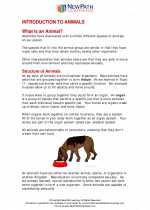
 Activity Lesson
Activity Lesson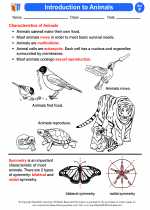
 Worksheet/Answer key
Worksheet/Answer key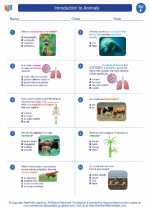
 Worksheet/Answer key
Worksheet/Answer key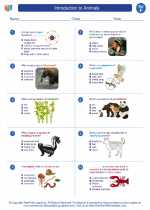
 Worksheet/Answer key
Worksheet/Answer key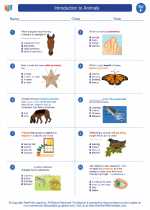
 Vocabulary/Answer key
Vocabulary/Answer key
 Vocabulary/Answer key
Vocabulary/Answer key
 Vocabulary/Answer key
Vocabulary/Answer key
 Vocabulary/Answer key
Vocabulary/Answer key
